Portuguese Sweet Bread [Pão Doce Português]
Print Recipe
Portuguese Sweet Bread is a traditional, soft, sweet, and slightly enriched bread perfect as a treat rooted in centuries of Portuguese baking.
Recipe dedicated to:My cooking learning journey
4 from 5 votes
Course: Breakfast, Side Dish
Cuisine: Mediterranean
Prep: 15 minutes mins
Cook: 30 minutes mins
Rest: 3 hours hrs
Total: 3 hours hrs 45 minutes mins
Equipments
Ingredients
The Starter
- 1 cup warm water just under 50℃ or 120℉
- 14 g active dry yeast
- 15 g sugar for the starter
The Dough
- 285 g sugar
- 115 g unsalted butter melted
- 2 eggs lightly beaten
- 1 tsp. salt
- 360 g all-purpose flour
- 120 g all-purpose flour for the finish
- 30 g all-purpose flour for the table
- 1 tsp. vegetable oil for the bowl
The Wash
- 1 egg
- 1 Tbsp. water
The Simple Syrup (Optional)
- 2 tsp. warm water optional
- 1 tsp. sugar optional
16 buns
Cook Mode
To prevent your phone from sleeping (screen turning off)
Instructions
The Preparation
- Gather the ingredients. Heat 1 cup warm water in a microwave safe bowl. Check the temperature for it to be just under 50℃ or 120℉. Melt 115 g unsalted butter in a microwave safe bowl.
The Dough
- In a large mixing bowl, put the 1 cup warm water and stir in the 14 g active dry yeast and 15 g sugar with a wooden spoon. Wait for the yeast to feed and let it sit until bubbly, about 5-10 minutes.
- Then, add the remaining 285 g sugar, the melted 115 g unsalted butter, 2 eggs and 1 tsp. salt. Stir until it is fully mixed together.
- Gradually stir in 360 g all-purpose flour. Beat vigorously with the spoon for several minutes until the dough becomes quite elastic (if you lift a spoonful of dough up from the bowl it should stretch for about 1 foot).
- Stir in another 120 g all-purpose flour to make a thick dough.
- Sprinkle the remaining 30 g all-purpose flour on your work surface and scrape the dough onto it. Knead about 5 minutes to incorporate the flour and to make a very smooth, soft, but supple dough that may be only slightly sticky. Wash and dry the bowl you used and rub it with 1 tsp. vegetable oil. Shape the dough into a ball and place it in the bowl. Turn to coat all surfaces with the oil.
- Cover the bowl tightly with plastic wrap and let the dough rise at room temperature until almost tripled in size, about 2 hours.
The Baking
- Place the dough onto your work surface and pat it gently to deflate it. Don’t punch it. Divide the dough in half.
- Roll one piece of dough into a “snake” and pinch off 8 equal pieces. Shape into round balls and arrange in an ungreased 9-inch round pie tin. Repeat with the remaining dough. Cover loosely with a kitchen towel and let rise at room temperature until puffy and light and doubled in size, about 1 hour. Preheat the over 400℉ with a rack placed in the middle.
- Mix the egg wash with 1 egg and 1 Tbsp. water. Brush with egg wash and bake in the center of a preheated 400℉ oven for about 25 to 30 minutes, until rolls are golden brown and cooked through. Bottoms of rolls should be brown.
The Serving
- Remove from the oven and immediately brush the buns with sugar water (2 tsp. warm water + 1 tsp. sugar). This step is optional and not traditional to do for Portuguese Sweet Bread, but it does leave a shiny and sweet finish which I find elevates this bread. Feel free to skip this step if looking for a more traditional recipe. Let it cool completely on a wire rack.
- Once the Portuguese Sweet Bread is cooled, you can serve it over breakfast or as a nice dessert!
Nutrition
Serving: 1 bun | Calories: 190 kcal (10%) | Carbohydrates: 42 g (14%) | Protein: 4 g (8%) | Fat: 8 g (12%) | Sodium: 159 mg (7%) | Fiber: 1 g (4%) | Sugar: 0.1 g
Elasdenis.com is written and produced for informational purposes only. While I do my best to provide nutritional information as a general guideline to our readers, I am not a certified nutritionists, and the values provided should be considered estimates. Factors such as brands purchased, natural variations in fresh ingredients, etc. will change the nutritional information in any recipe. Various online calculators also provide different results, depending on their sources. To obtain accurate nutritional information for a recipe, use your preferred nutrition calculator to determine nutritional information with the actual ingredients and quantities used.

![Cocoa Cupcakes [Cupcakes au cacao]](https://elasdenis.com/wp-content/uploads/2025/07/Cocoa-Cupcakes-Cupcakes-au-cacao-300x226.jpg)
![Baker's One-Bowl Brownies [Brownies en un bol de Baker]](https://elasdenis.com/wp-content/uploads/2025/07/Bakers-One-Bowl-Brownies-Brownies-en-un-bol-de-Baker-1-300x226.jpg)
![Baker's Chocolate Chunk Cookies [Biscuits aux chocolat de Baker]](https://elasdenis.com/wp-content/uploads/2025/07/Bakers-Chocolate-Chunk-Cookies-Biscuits-aux-chocolat-de-Baker-1-300x226.jpg)
![Blueberry Crisp [Croustillant aux bleuets]](https://elasdenis.com/wp-content/uploads/2025/06/Blueberry-Crisp-Croustillant-aux-bleuets-1-300x226.jpg)
![Mom's Banana Bread [Мамино банановый хлеб]](https://elasdenis.com/wp-content/uploads/2025/06/Moms-Banana-Bread-Мамино-банановый-хлеб-1-300x226.jpg)
![Japanese Cheesecake [スフレチーズケーキ]](https://elasdenis.com/wp-content/uploads/2025/06/Japanese-Cheesecake-スフレチーズケーキ-1-300x226.jpg)
![Russian Buckwheat Kasha [Русская гречневая каша]](https://elasdenis.com/wp-content/uploads/2025/06/Russian-Buckwheat-Kasha-Русская-гречневая-каша-14-300x226.jpg)
![Quebecois Maple Pudding [Pouding Chômeur]](https://elasdenis.com/wp-content/uploads/2025/06/Quebecois-Maple-Pudding-Pouding-Chomeur-1-300x226.jpg)
![Fruit Cobbler [Cobbler aux fruits]](https://elasdenis.com/wp-content/uploads/2025/06/Fruit-Cobbler-Cobbler-aux-fruits-1-300x227.jpg)
![Mom's Oat Cookies [Мамино овсяное печенье]](https://elasdenis.com/wp-content/uploads/2025/06/Moms-Oat-Cookies-Мамино-овсяное-печенье-v4-300x226.jpg)
![Albanian Baked Chicken and Rice [Tavë me Pulë e Oriz]](https://elasdenis.com/wp-content/uploads/2025/06/Albanian-Baked-Chicken-and-Rice-Tave-me-Pule-e-Oriz-1-300x226.jpg)
![Mom's Syrniki [Мамины сырники]](https://elasdenis.com/wp-content/uploads/2025/06/Moms-Syrniki-Мамины-сырники-300x224.jpg)
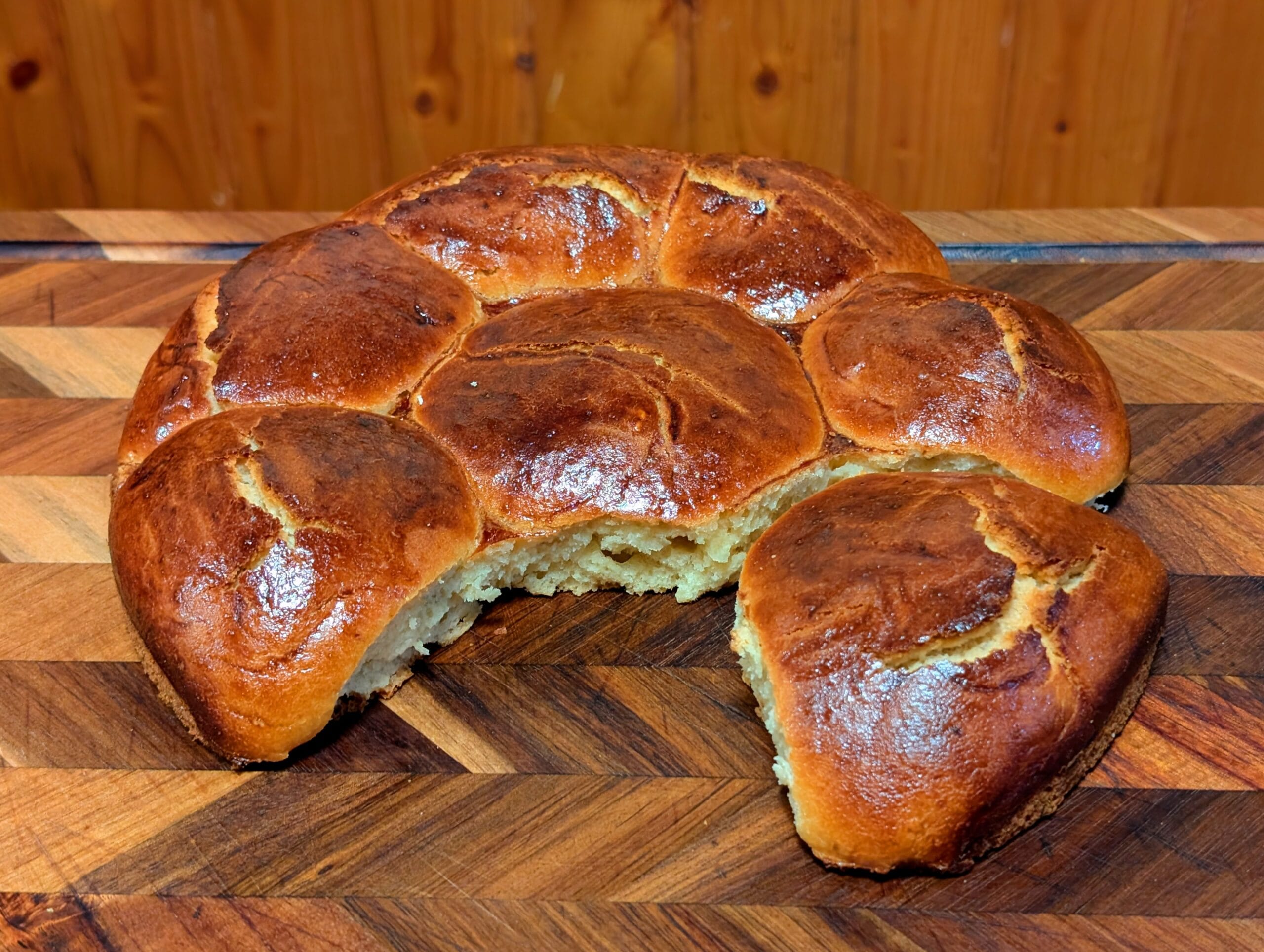

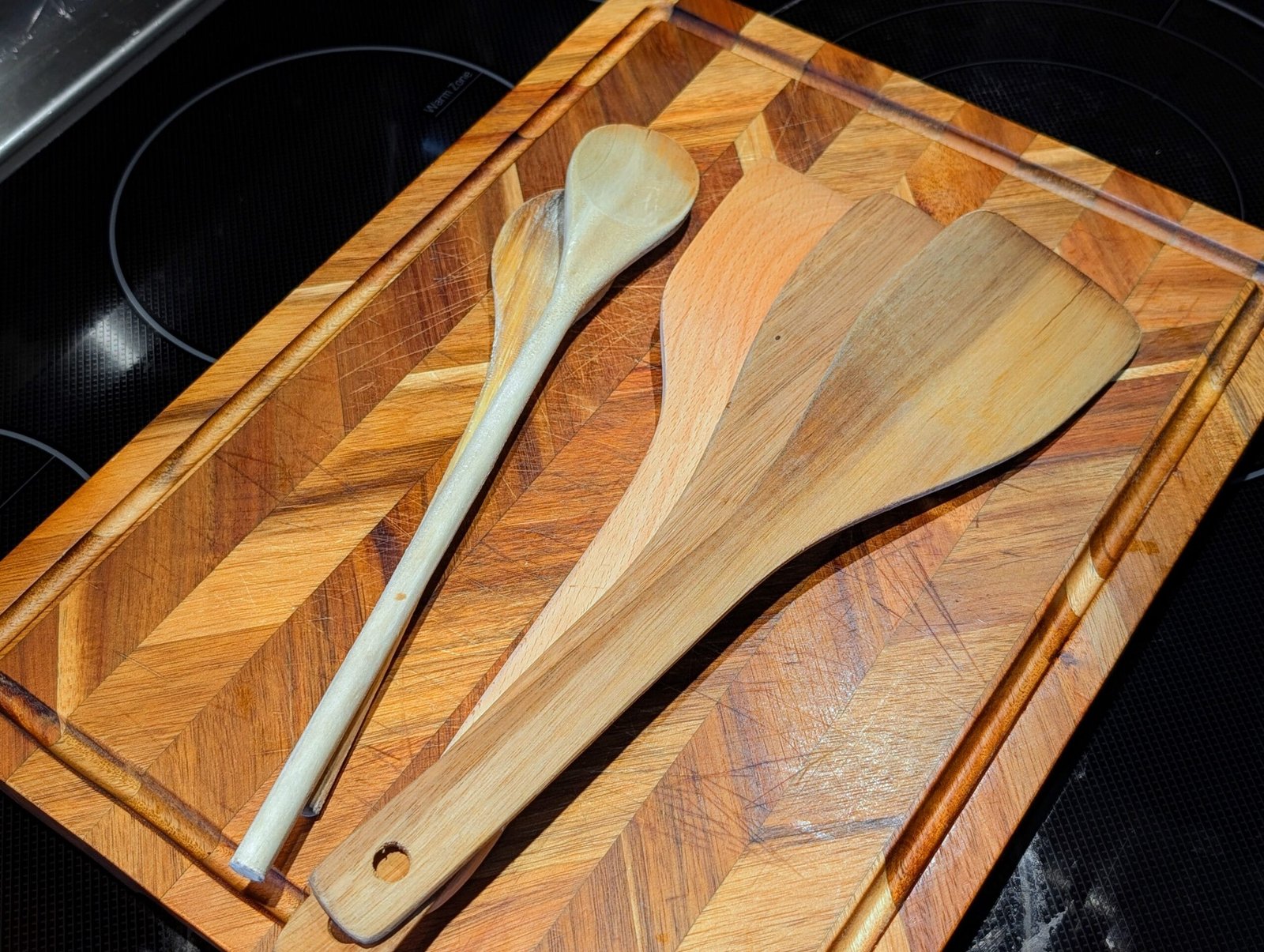
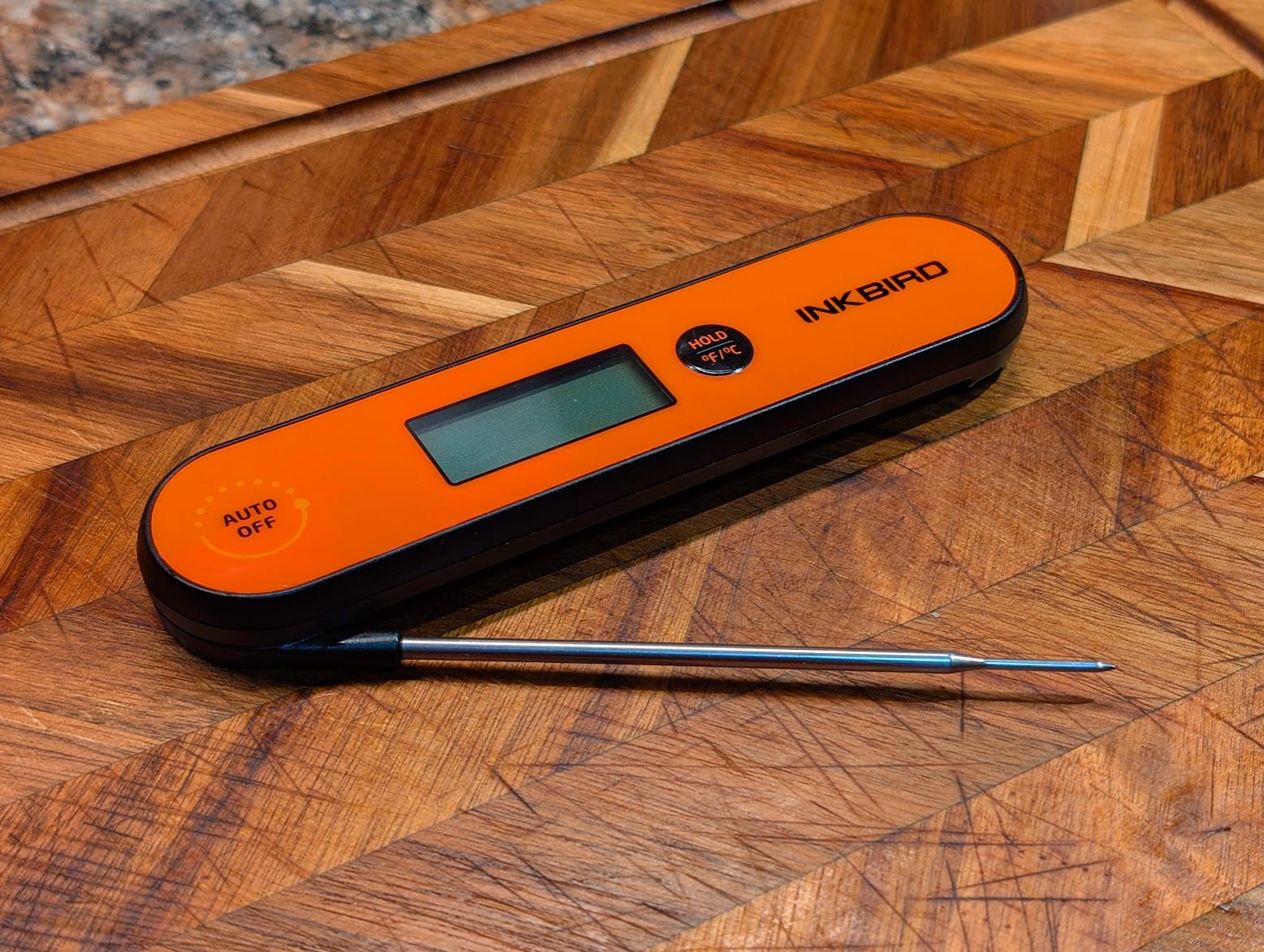





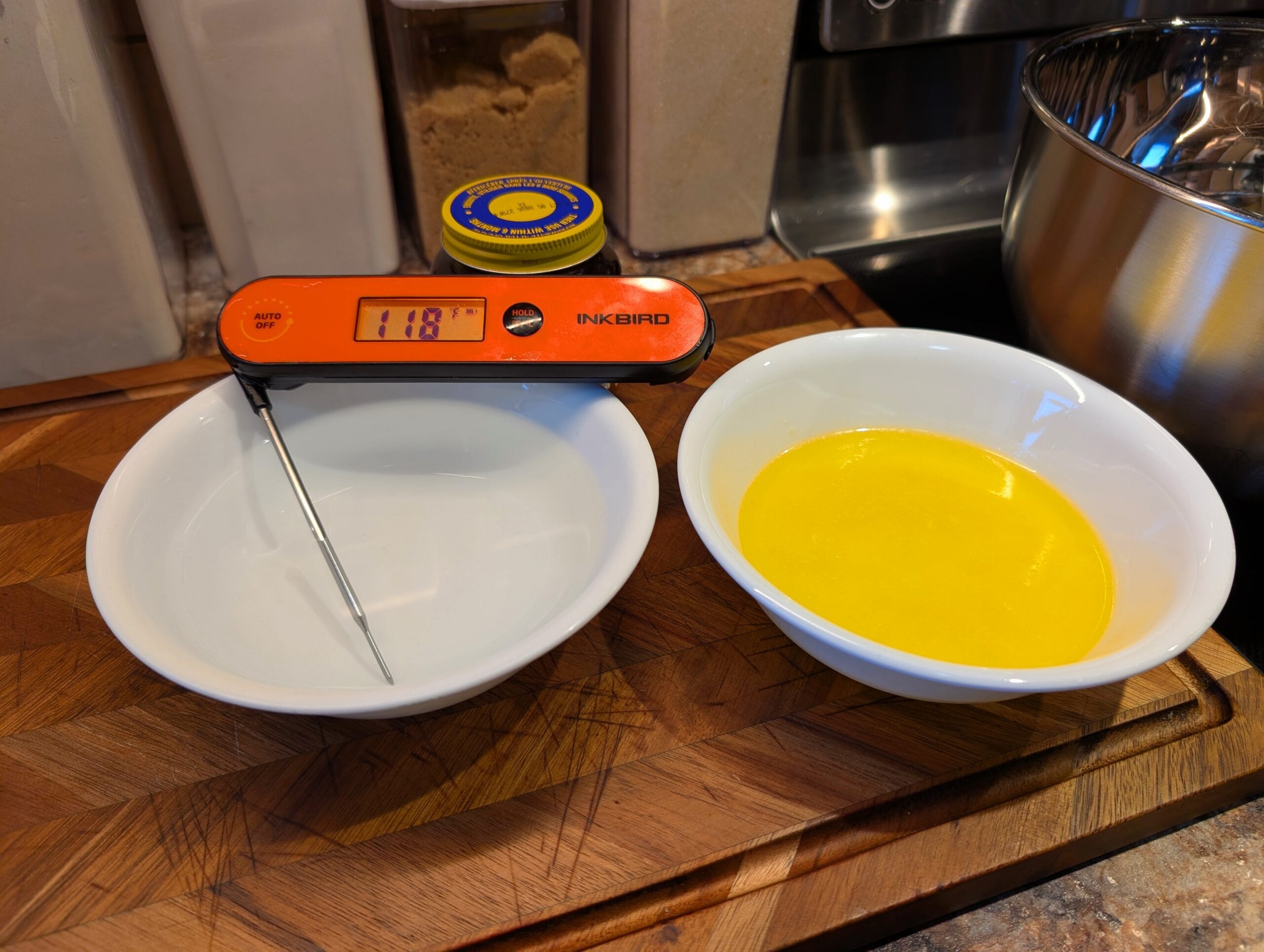
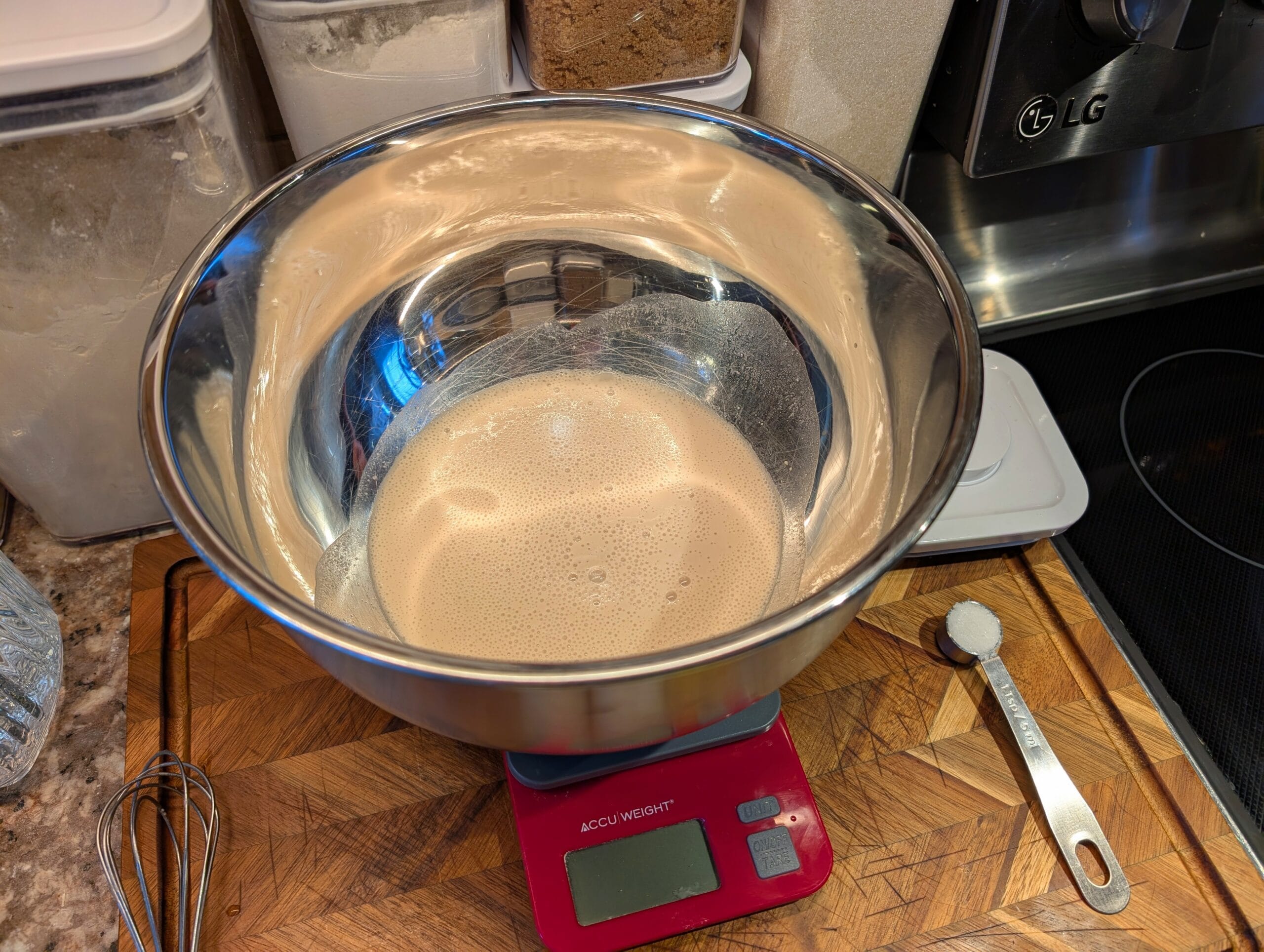
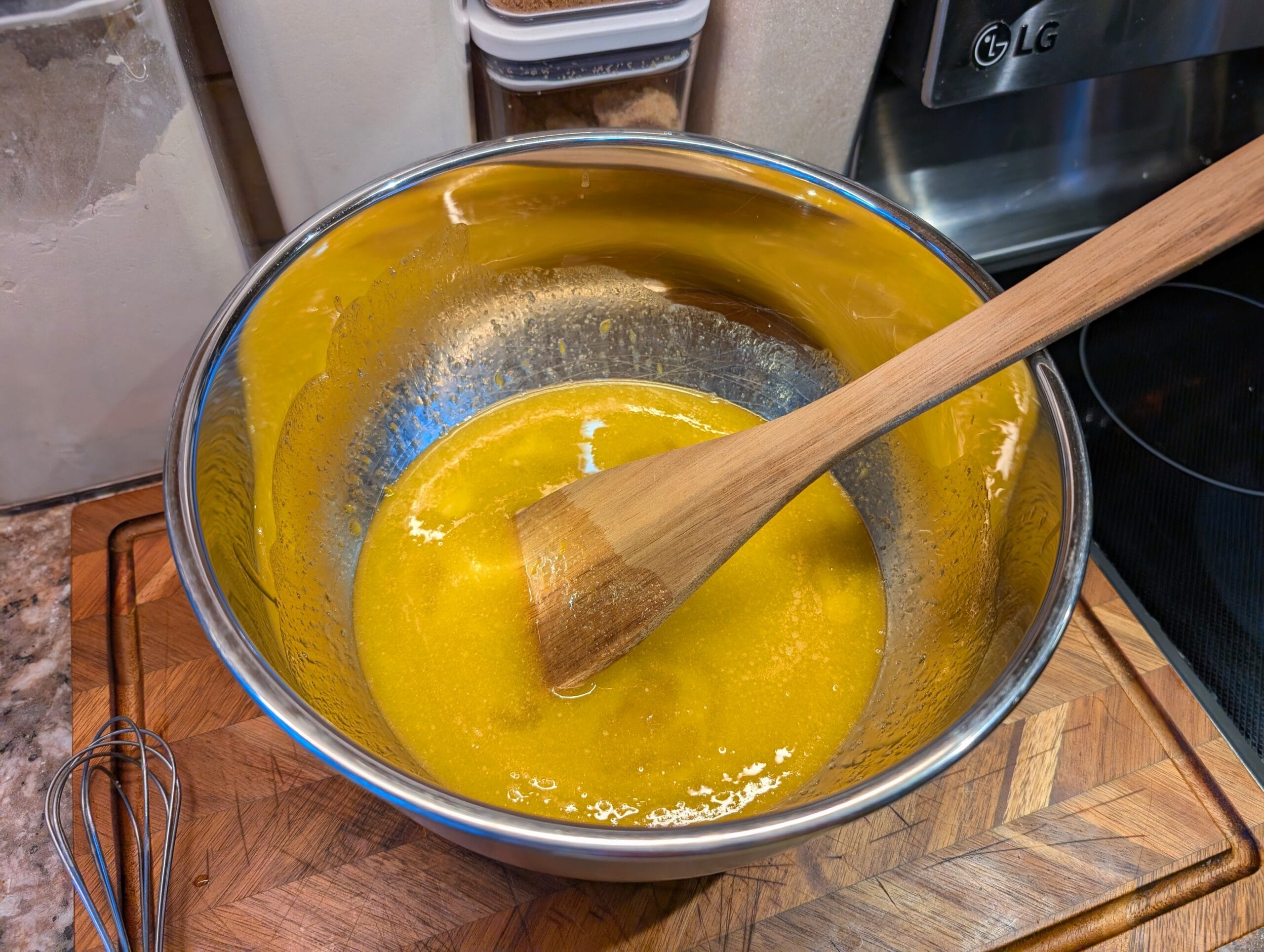
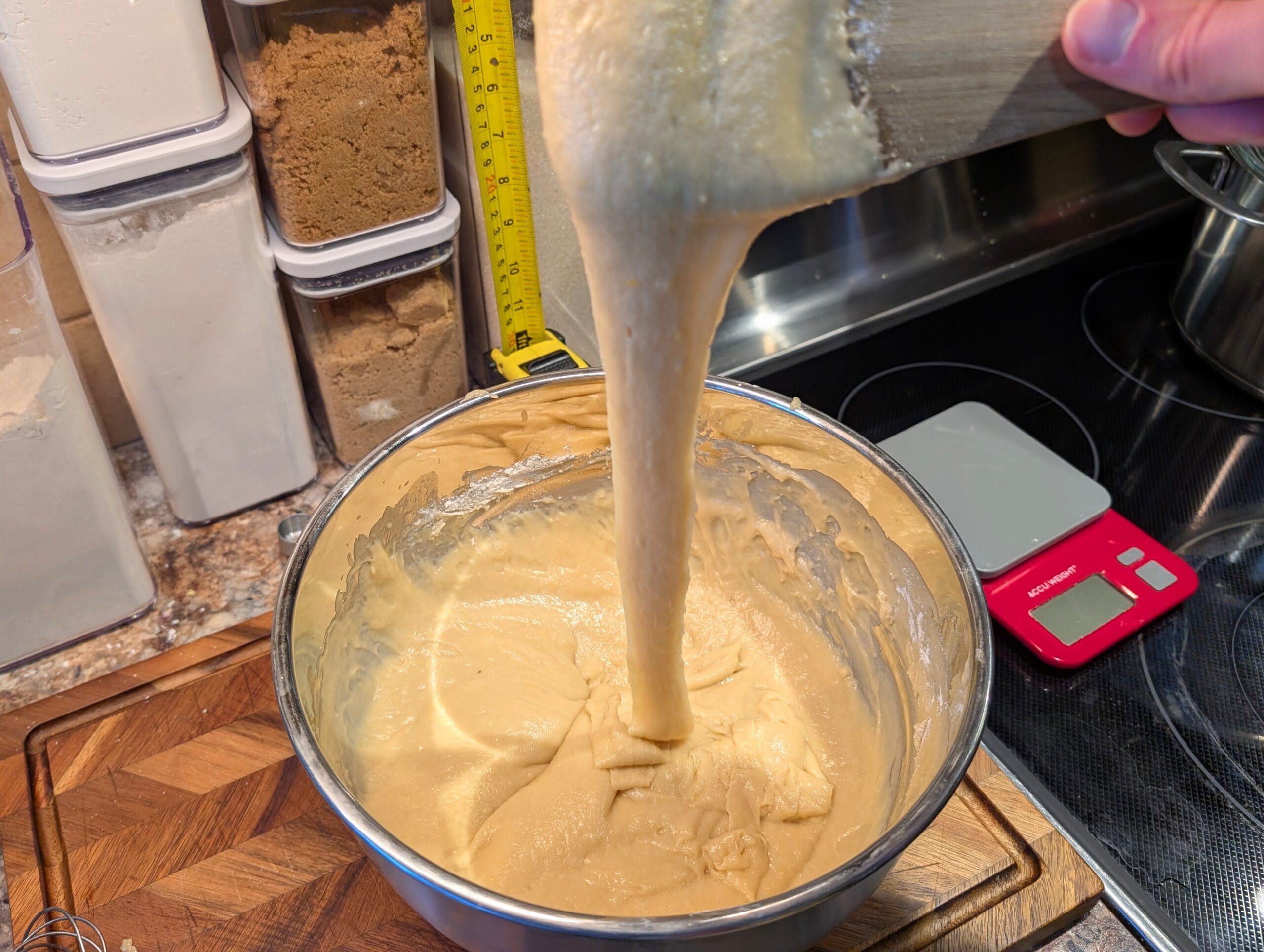

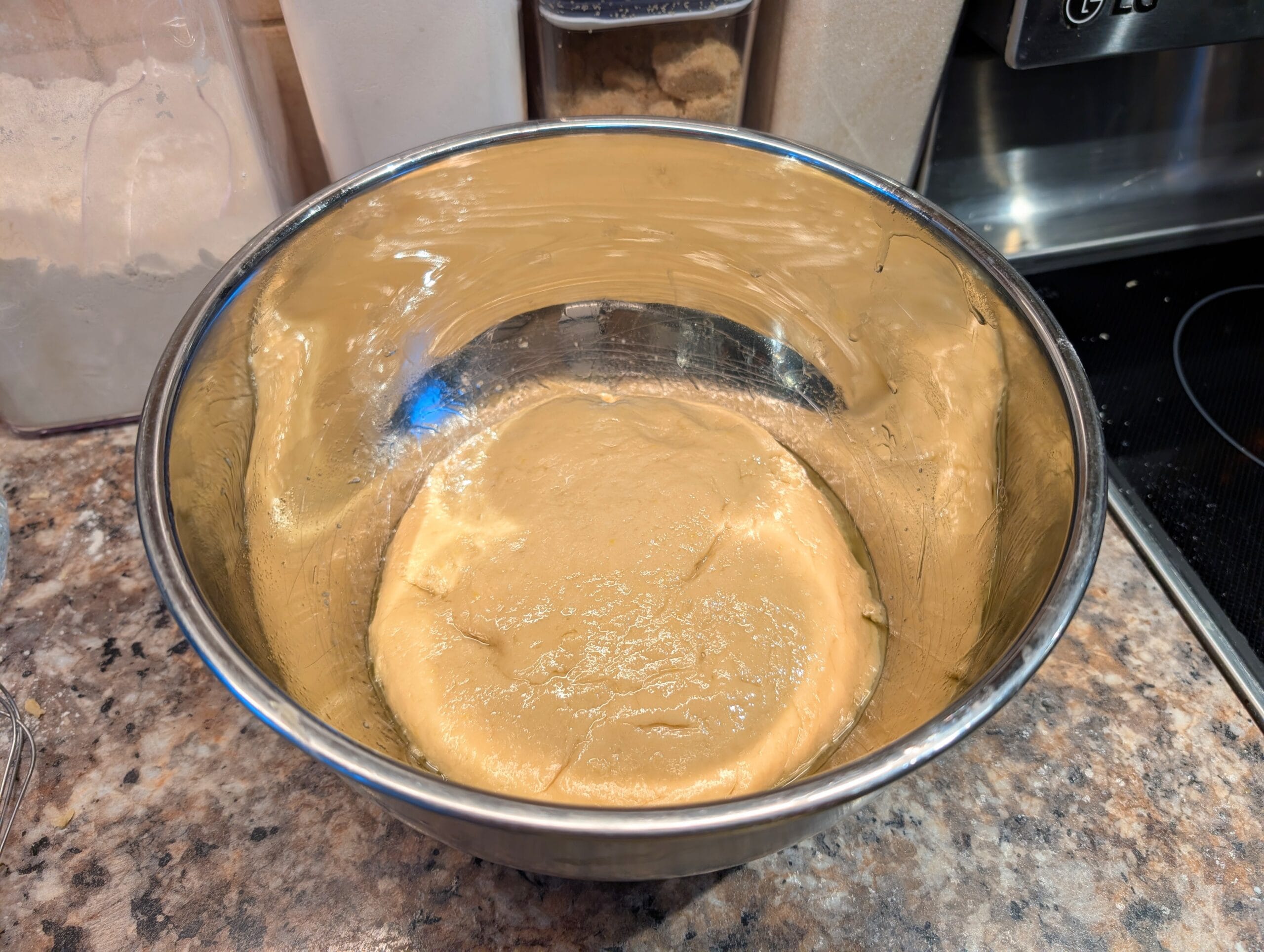

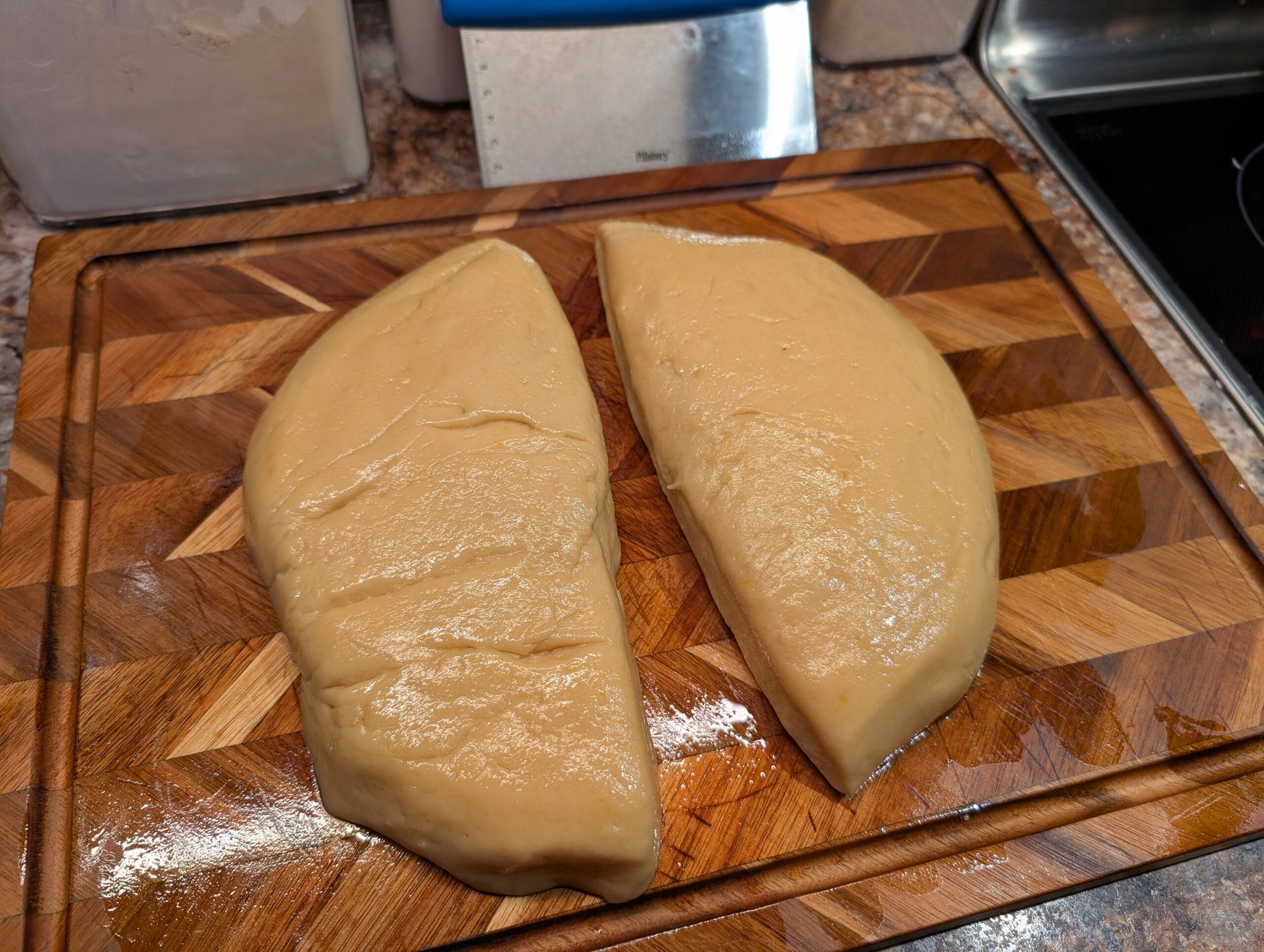
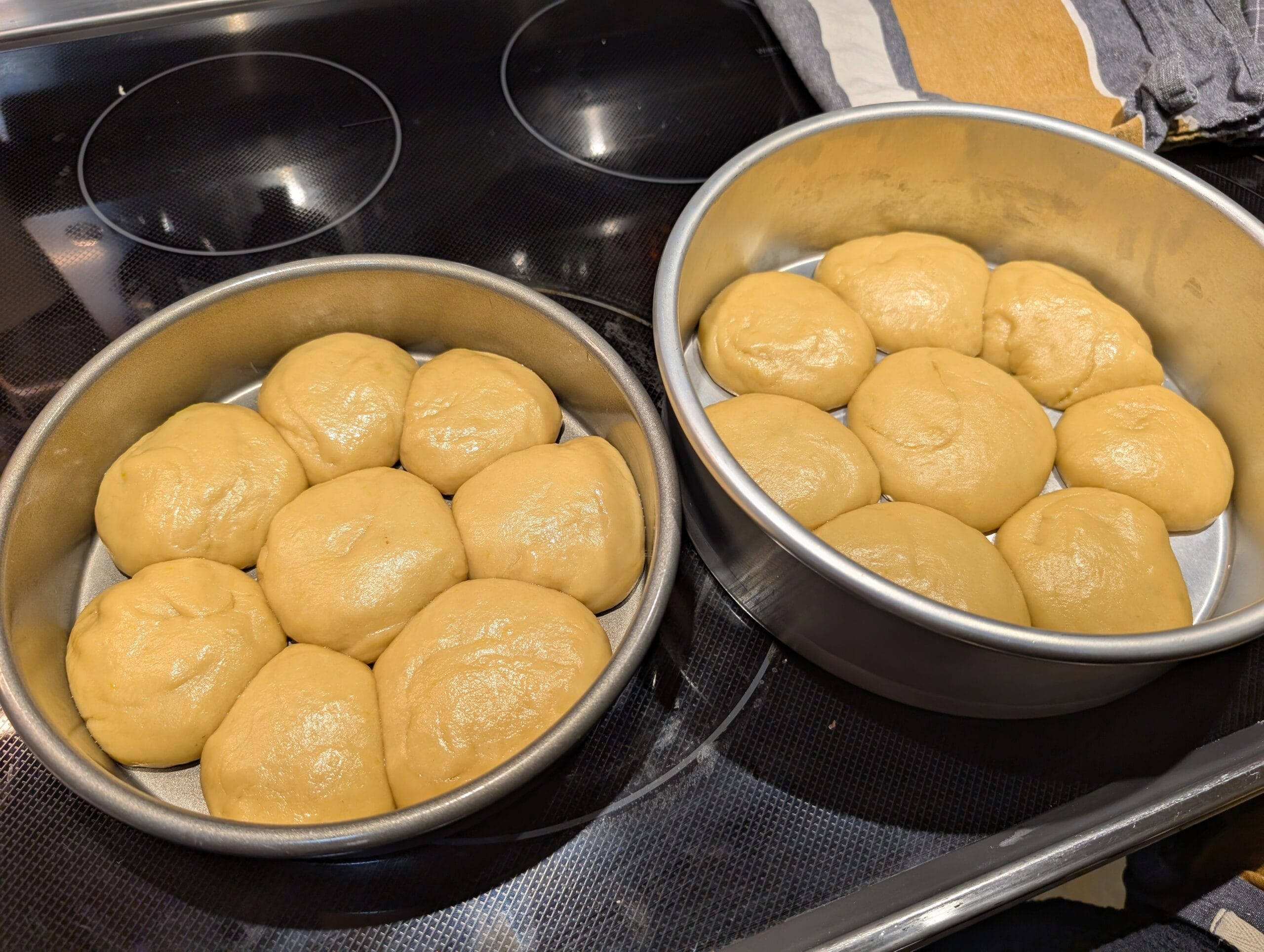
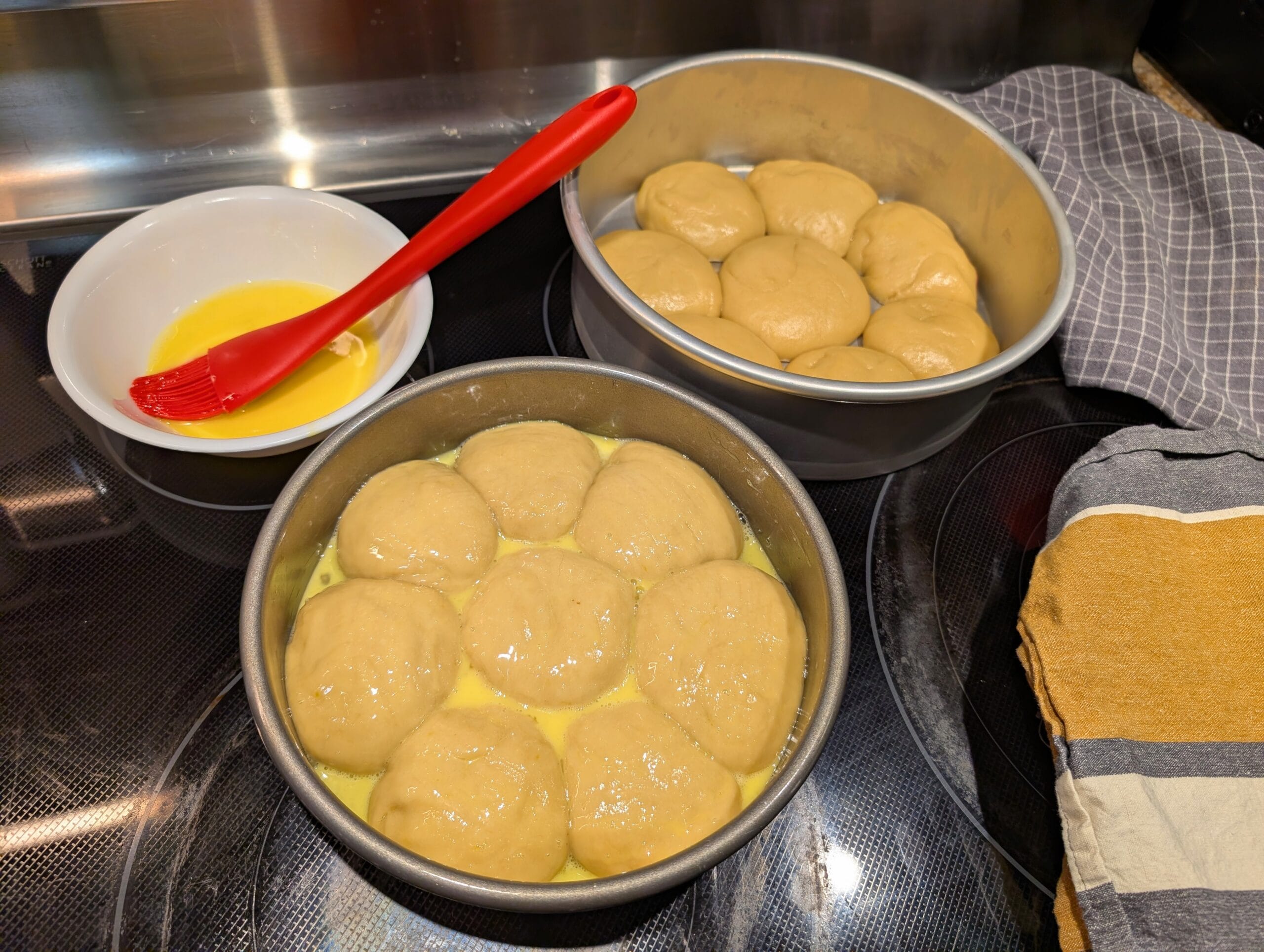
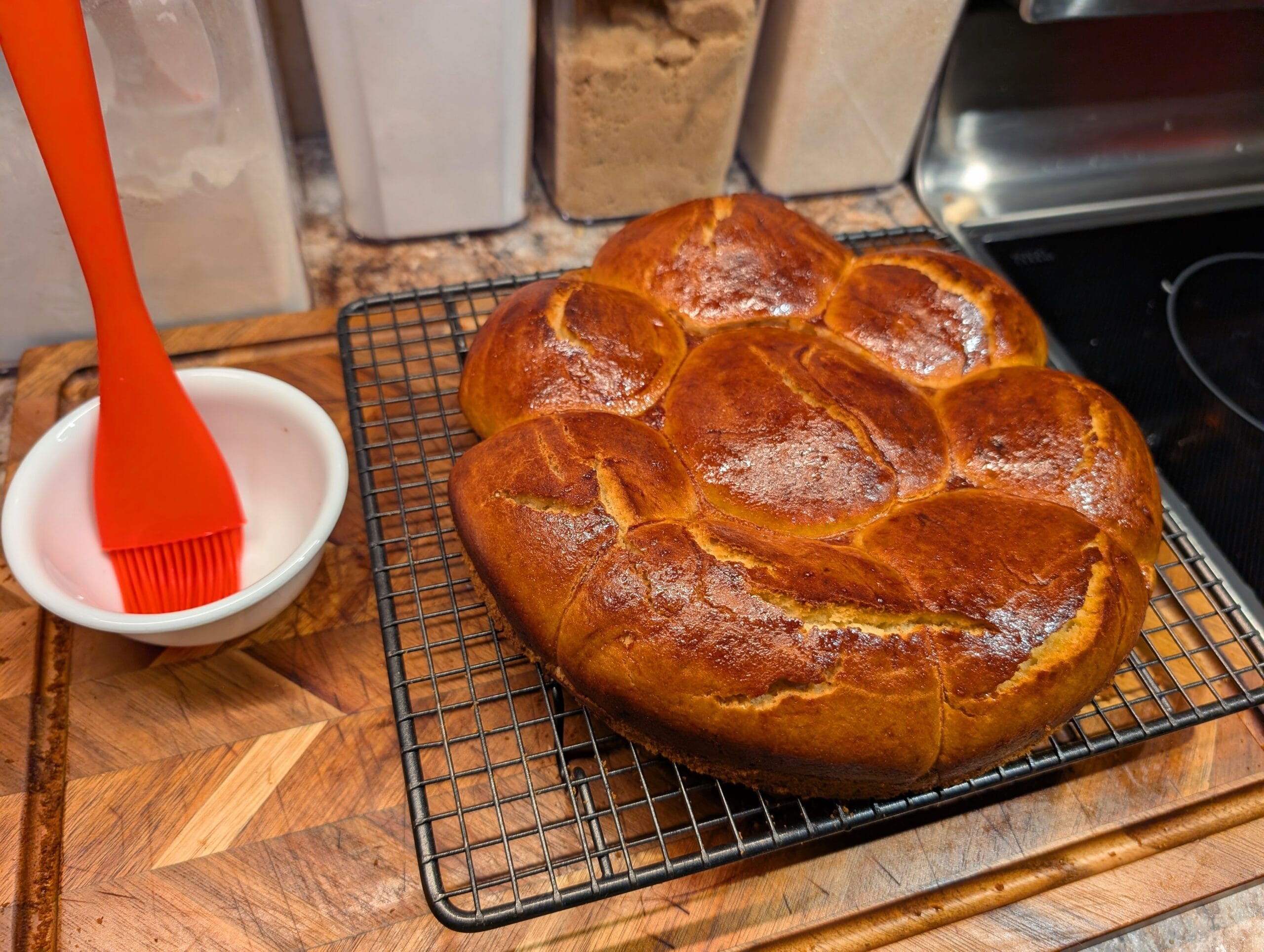
5 Responses
Would like to try it 😋
What? Why do you say that?
Because it looks good!
Hi Xi, are you ok? Seems you are talking to yourself! I’m a bit worried and concerned 😨